Home>Home Appliances>Heating & Cooling>What Is Warm Air Heating
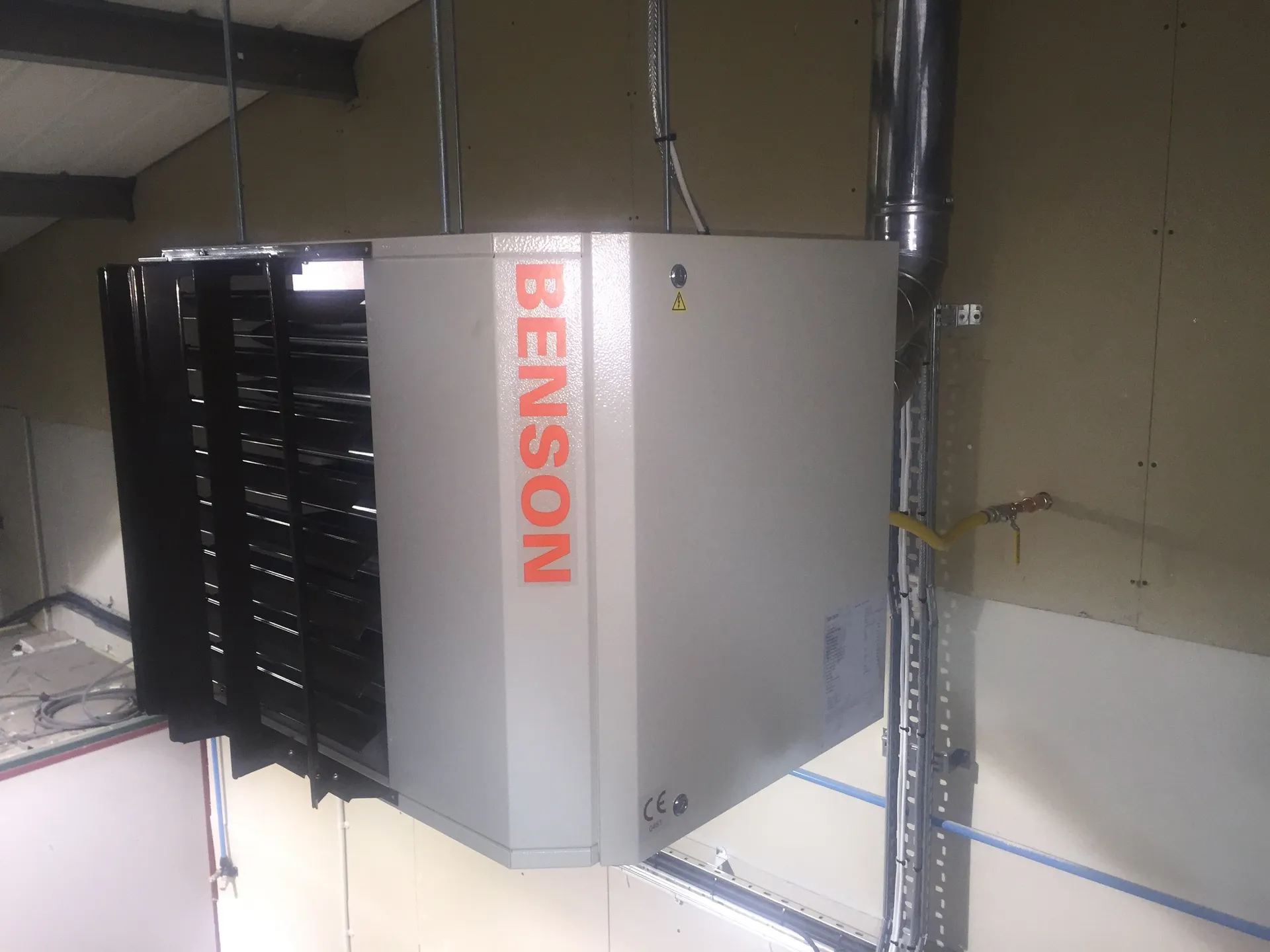

Heating & Cooling
What Is Warm Air Heating
Modified: October 18, 2024
Learn about the benefits of warm air heating and cooling systems. Find out how they work and why they are a popular choice for home comfort. Discover the advantages of efficient heating and cooling.
(Many of the links in this article redirect to a specific reviewed product. Your purchase of these products through affiliate links helps to generate commission for Storables.com, at no extra cost. Learn more)
Introduction
Warm air heating is a popular and efficient method of keeping indoor spaces comfortable and cozy. Whether it's a brisk winter evening or a chilly autumn morning, warm air heating systems provide a reliable source of warmth, creating a welcoming environment for occupants. Understanding the fundamentals of warm air heating and its various aspects can help homeowners and businesses make informed decisions about their heating needs.
Warm air heating systems are designed to distribute heated air throughout a building, ensuring consistent warmth in every room. These systems operate by warming air through a heat source, such as a furnace or heat pump, and then circulating it through ductwork to reach different areas of the building. The heated air is released through vents or registers, filling the space with a gentle, comforting warmth.
In this comprehensive guide, we will delve into the inner workings of warm air heating, explore the different types of systems available, and weigh the advantages and disadvantages of this popular heating method. Additionally, we will discuss the essential maintenance and care required to keep warm air heating systems operating at peak efficiency.
Join us as we embark on a journey to uncover the secrets of warm air heating, unraveling the mysteries behind its functionality and shedding light on the benefits and considerations associated with this beloved heating solution. Whether you're a homeowner seeking to upgrade your heating system or a business owner looking to optimize indoor comfort, this guide will equip you with the knowledge needed to make well-informed choices regarding warm air heating.
Key Takeaways:
- Warm air heating systems quickly and evenly distribute cozy warmth throughout buildings, offering efficient, versatile, and environmentally friendly solutions for maintaining indoor comfort in various climates and seasons.
- While warm air heating systems provide rapid heating and even distribution of warmth, they require regular maintenance to address potential air quality concerns, noise levels, and ductwork maintenance, ensuring long-term efficiency and reliability.
Read more: What Is Air-to-Air Heating
How Warm Air Heating Works
Warm air heating systems operate on a simple yet effective principle, utilizing a heating source to warm air and then distributing it throughout a building. The process begins with the activation of the heating source, which can be a furnace, heat pump, or other heating equipment. This source generates heat, which is then transferred to the air through a heat exchanger or directly in the case of a heat pump.
Once the air is heated, it is propelled through a network of ductwork that spans the entire building. This ductwork acts as a series of pathways, guiding the heated air to various rooms and areas. The heated air is released into each space through vents or registers strategically positioned throughout the building, ensuring even distribution of warmth.
As the warm air fills the rooms, it displaces the cooler air, creating a balanced and comfortable indoor environment. The continuous circulation of heated air maintains a consistent temperature, effectively combating the chill and providing occupants with a cozy atmosphere.
In some systems, the warm air is also filtered before being distributed, removing dust, allergens, and other impurities. This not only enhances indoor air quality but also contributes to a healthier and more pleasant living or working environment.
The entire process is controlled by a thermostat, which monitors the temperature and triggers the heating system to activate or deactivate as needed. This ensures that the desired temperature is maintained, and energy is used efficiently.
Overall, warm air heating systems offer a straightforward and reliable method of keeping indoor spaces warm and comfortable. By harnessing the power of heated air and utilizing a network of ducts for distribution, these systems provide an effective solution for maintaining a cozy and inviting atmosphere, even in the coldest of climates.
Types of Warm Air Heating Systems
When it comes to warm air heating systems, there are several types available, each offering unique features and functionalities to cater to diverse heating needs. Understanding the different types can help individuals and businesses make informed decisions when selecting a system that best suits their requirements.
-
Forced Air Systems: This type of warm air heating system is one of the most common and widely used. It operates by using a furnace to heat air, which is then distributed throughout the building via a network of ducts. The forced air system is known for its efficiency in quickly and evenly distributing heated air, providing consistent warmth to all areas of the building.
-
Heat Pump Systems: Heat pump warm air heating systems are renowned for their energy efficiency and dual functionality. They can both heat and cool indoor spaces, making them a versatile choice for year-round comfort. Heat pumps work by transferring heat between the indoors and outdoors, providing an eco-friendly and cost-effective heating solution.
-
Hydronic Systems: Also known as hot water heating systems, hydronic warm air heating systems utilize water as a heat transfer medium. A boiler heats the water, which is then circulated through a network of pipes and radiators to release warmth into the building. Hydronic systems offer gentle, consistent heating and can be an excellent choice for those seeking a quiet and comfortable heating solution.
-
Electric Resistance Systems: These warm air heating systems rely on electric resistance to generate heat. They are relatively simple in design and installation, making them a popular choice for smaller spaces or areas where other fuel sources may not be readily available. Electric resistance systems are known for their quick response time and precise temperature control.
-
Solar Air Heating Systems: Harnessing the power of solar energy, these systems utilize solar collectors to absorb heat from the sun. The collected heat is then transferred to the air, which is distributed throughout the building. Solar air heating systems offer a sustainable and environmentally friendly heating solution, reducing reliance on traditional energy sources.
Each type of warm air heating system has its own set of advantages and considerations, and the choice of system depends on factors such as climate, building size, energy efficiency goals, and budget. By understanding the characteristics of each type, individuals and businesses can make well-informed decisions when selecting a warm air heating system that aligns with their specific needs and preferences.
Advantages of Warm Air Heating
Warm air heating systems offer a multitude of advantages that make them a popular choice for providing indoor comfort and warmth. Understanding these advantages can help individuals and businesses appreciate the benefits of warm air heating and make informed decisions when considering their heating options.
-
Efficient Heating: Warm air heating systems are known for their efficiency in quickly and evenly distributing heated air throughout a building. This ensures that every room receives a consistent level of warmth, creating a comfortable environment for occupants.
-
Quick Response Time: When activated, warm air heating systems provide rapid heating, allowing occupants to experience warmth almost instantly. This quick response time is particularly beneficial during cold weather, as it helps to maintain a cozy indoor atmosphere without prolonged waiting periods.
-
Even Distribution of Heat: Through the use of ductwork and strategically positioned vents or registers, warm air heating systems ensure that heated air is evenly distributed throughout the building. This eliminates cold spots and maintains a balanced temperature in every room, enhancing overall comfort.
-
Versatility: Warm air heating systems can be integrated with various heating sources, including furnaces, heat pumps, and electric resistance systems. This versatility allows individuals to choose the most suitable heating source based on factors such as energy efficiency, climate, and budget.
-
Improved Air Quality: Many warm air heating systems incorporate air filtration, which helps to remove dust, allergens, and other impurities from the heated air before it is distributed. This results in improved indoor air quality, creating a healthier and more pleasant living or working environment.
-
Compatibility with Thermostats: Warm air heating systems can be easily integrated with programmable thermostats, allowing for precise temperature control and energy management. This compatibility enables users to optimize their heating settings, reducing energy consumption and associated costs.
-
Dual Functionality: Some warm air heating systems, such as heat pump systems, offer both heating and cooling capabilities. This dual functionality provides year-round comfort, making these systems a versatile and cost-effective choice for maintaining indoor temperatures in various seasons.
-
Energy Efficiency: With advancements in technology, modern warm air heating systems are designed to be energy-efficient, helping to reduce energy consumption and lower utility bills. This makes them an environmentally conscious and economical heating solution.
By leveraging these advantages, warm air heating systems continue to be a reliable and effective choice for maintaining indoor comfort. Whether it's the efficient distribution of warmth, quick response time, or improved air quality, the benefits of warm air heating systems contribute to creating a cozy and inviting atmosphere for occupants.
Disadvantages of Warm Air Heating
While warm air heating systems offer numerous advantages, it is important to consider their potential drawbacks to make well-informed decisions regarding indoor heating solutions. Understanding the disadvantages of warm air heating can help individuals and businesses weigh the pros and cons, ensuring that the chosen heating system aligns with their specific needs and preferences.
-
Air Quality Concerns: One of the primary disadvantages of warm air heating is the potential impact on indoor air quality. In some cases, the continuous circulation of air through ductwork can lead to the distribution of dust, allergens, and other airborne particles. This can be a concern for individuals with respiratory conditions or allergies, as it may exacerbate their symptoms.
-
Noise Levels: Certain warm air heating systems, particularly forced air systems, can produce noticeable operational noise. The sound of air rushing through ducts and the operation of the heating equipment may contribute to a less serene indoor environment, especially in settings where quietness is valued, such as libraries, offices, or bedrooms.
-
Ductwork Maintenance: The ductwork associated with warm air heating systems requires regular maintenance to ensure optimal performance. Over time, dust, debris, and contaminants can accumulate within the ducts, potentially impacting air quality and system efficiency. Periodic cleaning and inspection of the ductwork are essential tasks that add to the overall maintenance requirements of the system.
-
Initial Installation Costs: The installation of a warm air heating system, particularly in existing structures, can involve significant upfront costs. This is especially true if ductwork needs to be installed or modified to accommodate the new system. The initial investment required for the installation of a warm air heating system may pose a financial challenge for some individuals and businesses.
-
Heat Distribution Inconsistencies: In certain cases, warm air heating systems may struggle to maintain consistent heat distribution throughout a building. Factors such as duct design, air leaks, and the positioning of vents or registers can impact the uniformity of warmth in different areas. Addressing these inconsistencies may require adjustments to the system, potentially adding complexity to its operation.
-
Energy Loss: The ductwork used in warm air heating systems can be susceptible to energy loss through leaks and uninsulated sections. This can result in reduced system efficiency and increased energy consumption, leading to higher utility costs. Proper insulation and regular inspection of the ductwork are essential to mitigate energy loss and maintain system efficiency.
By acknowledging these disadvantages, individuals and businesses can make informed decisions when considering warm air heating systems. While the drawbacks are important considerations, they can be effectively managed through proper maintenance, system design, and operational practices. Ultimately, understanding the full spectrum of advantages and disadvantages empowers individuals to select a heating solution that best aligns with their unique requirements and priorities.
Read more: What Is Solar Air Heating
Maintenance and Care for Warm Air Heating Systems
Proper maintenance and care are essential for ensuring the optimal performance and longevity of warm air heating systems. By implementing regular maintenance practices and attentive care, individuals and businesses can uphold the efficiency of their heating systems while minimizing the risk of potential issues. Here's a detailed overview of the key maintenance tasks and care practices for warm air heating systems:
Scheduled Inspections
Regular inspections by qualified HVAC professionals are crucial for identifying any potential issues or inefficiencies within the heating system. These inspections typically involve examining the heating equipment, ductwork, vents, filters, and thermostat to ensure that all components are functioning as intended. Any signs of wear, damage, or performance issues can be addressed promptly during these inspections, preventing minor issues from escalating into major problems.
Filter Replacement
The air filters within warm air heating systems play a vital role in maintaining indoor air quality and system efficiency. Over time, these filters can become clogged with dust, debris, and other particles, hindering airflow and reducing filtration effectiveness. Regular filter replacement is essential to prevent airflow restrictions and maintain clean, healthy indoor air. Depending on the type of filter and usage, replacement intervals may vary, but it is generally recommended to inspect and replace filters every 1 to 3 months.
Ductwork Maintenance
The ductwork of warm air heating systems requires periodic maintenance to ensure optimal airflow and heat distribution. Duct cleaning and inspection help remove accumulated dust, debris, and contaminants, preventing potential air quality issues and system inefficiencies. Additionally, sealing any leaks or gaps in the ductwork can minimize energy loss and enhance overall system performance.
Read more: What Is A Hydro Air Heating System
Thermostat Calibration
Calibrating and testing the thermostat is an essential maintenance task to ensure accurate temperature control and efficient system operation. Proper thermostat calibration helps maintain consistent indoor temperatures, prevents unnecessary energy consumption, and contributes to overall comfort and cost savings.
Lubrication and Component Inspection
For warm air heating systems with moving parts, such as fans and blowers, regular lubrication and component inspection are necessary to prevent friction-related wear and ensure smooth operation. Proper lubrication of bearings and moving components helps reduce operational noise and prolong the lifespan of the heating system.
Professional Maintenance Services
Engaging professional HVAC maintenance services on a periodic basis is highly recommended to address comprehensive system maintenance needs. Professional technicians can conduct thorough inspections, cleanings, and adjustments, ensuring that the entire heating system operates at peak efficiency and reliability.
By adhering to these maintenance and care practices, individuals and businesses can uphold the performance, efficiency, and longevity of their warm air heating systems, creating a comfortable and reliable indoor environment for occupants. Regular attention to maintenance and care not only minimizes the risk of unexpected breakdowns but also contributes to energy efficiency, cost savings, and overall satisfaction with the heating system.
Conclusion
In conclusion, warm air heating systems offer a versatile and efficient solution for maintaining indoor comfort and warmth. From the rapid distribution of heated air to the diverse types of systems available, warm air heating presents a range of benefits that cater to the heating needs of both residential and commercial spaces. The quick response time, even heat distribution, and compatibility with programmable thermostats make warm air heating systems a reliable choice for creating a cozy and inviting atmosphere.
While warm air heating systems come with certain disadvantages, such as potential air quality concerns and ductwork maintenance requirements, these drawbacks can be effectively managed through regular maintenance and attentive care. By addressing these considerations, individuals and businesses can harness the advantages of warm air heating while mitigating potential challenges, ensuring that their chosen heating system aligns with their specific requirements and priorities.
The diverse types of warm air heating systems, including forced air, heat pump, hydronic, electric resistance, and solar air heating systems, offer flexibility and versatility, allowing users to select a system that best suits their climate, energy efficiency goals, and budget. Whether it's the energy efficiency of heat pump systems or the quick response time of electric resistance systems, the variety of options empowers individuals and businesses to make informed decisions when choosing a warm air heating system.
Furthermore, the emphasis on maintenance and care for warm air heating systems underscores the importance of proactive measures to uphold system performance and longevity. Scheduled inspections, filter replacement, ductwork maintenance, thermostat calibration, and professional maintenance services are essential components of a comprehensive maintenance strategy, ensuring that the heating system operates at peak efficiency and reliability.
In essence, warm air heating systems continue to be a steadfast and effective choice for creating a comfortable indoor environment. By understanding the inner workings, types, advantages, disadvantages, and maintenance requirements of warm air heating systems, individuals and businesses can make informed decisions that align with their heating needs, contributing to enhanced indoor comfort, energy efficiency, and overall satisfaction with their chosen heating solution.
Frequently Asked Questions about What Is Warm Air Heating
Was this page helpful?
At Storables.com, we guarantee accurate and reliable information. Our content, validated by Expert Board Contributors, is crafted following stringent Editorial Policies. We're committed to providing you with well-researched, expert-backed insights for all your informational needs.
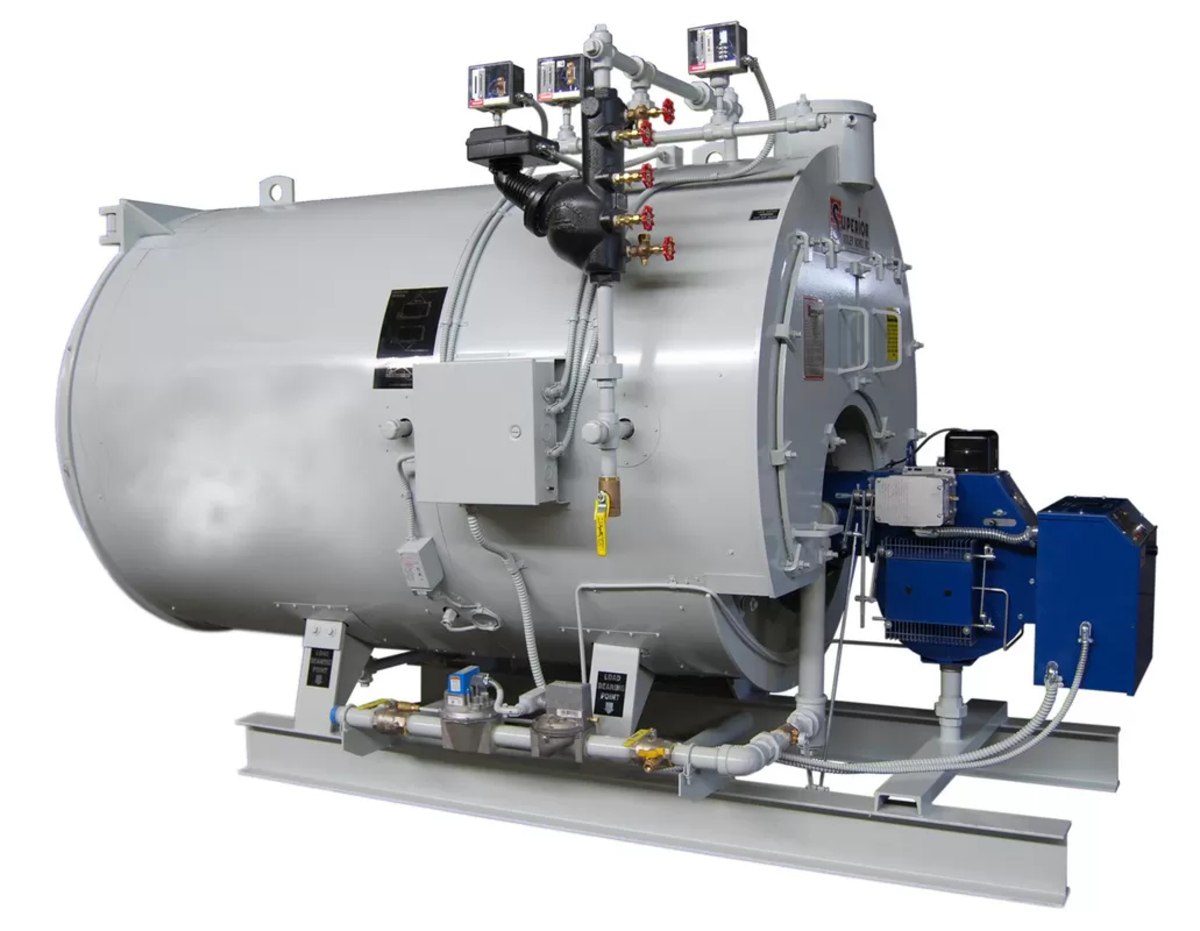

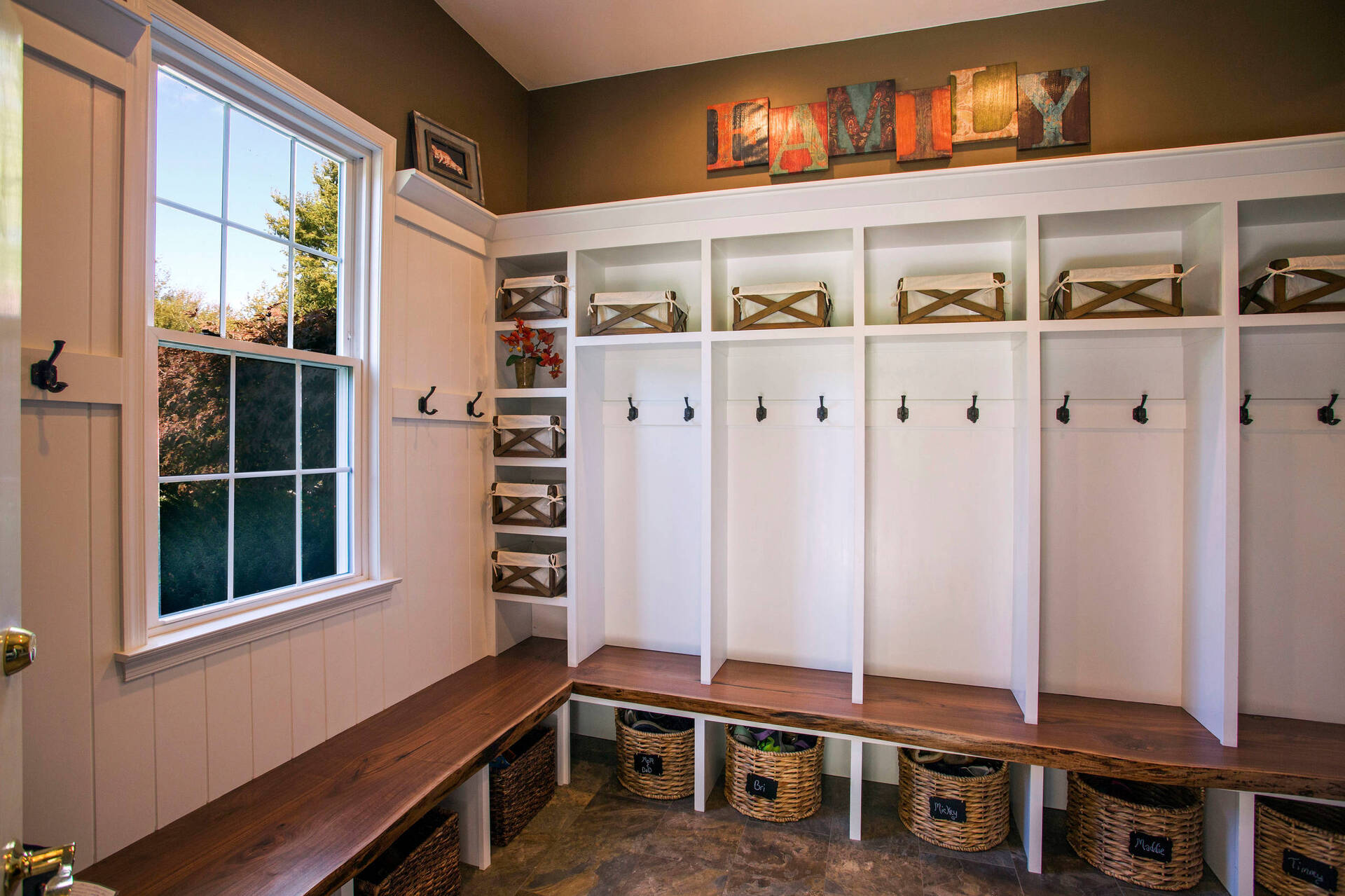
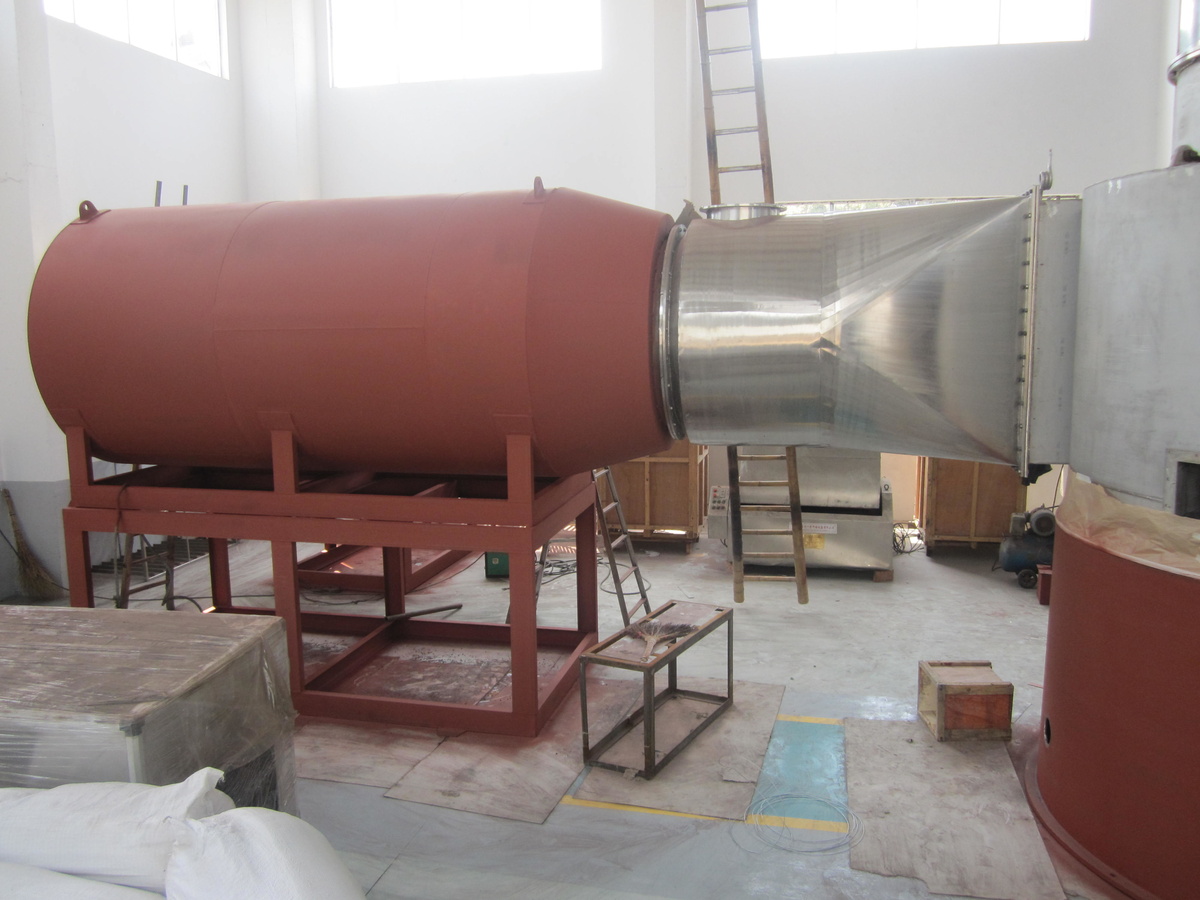
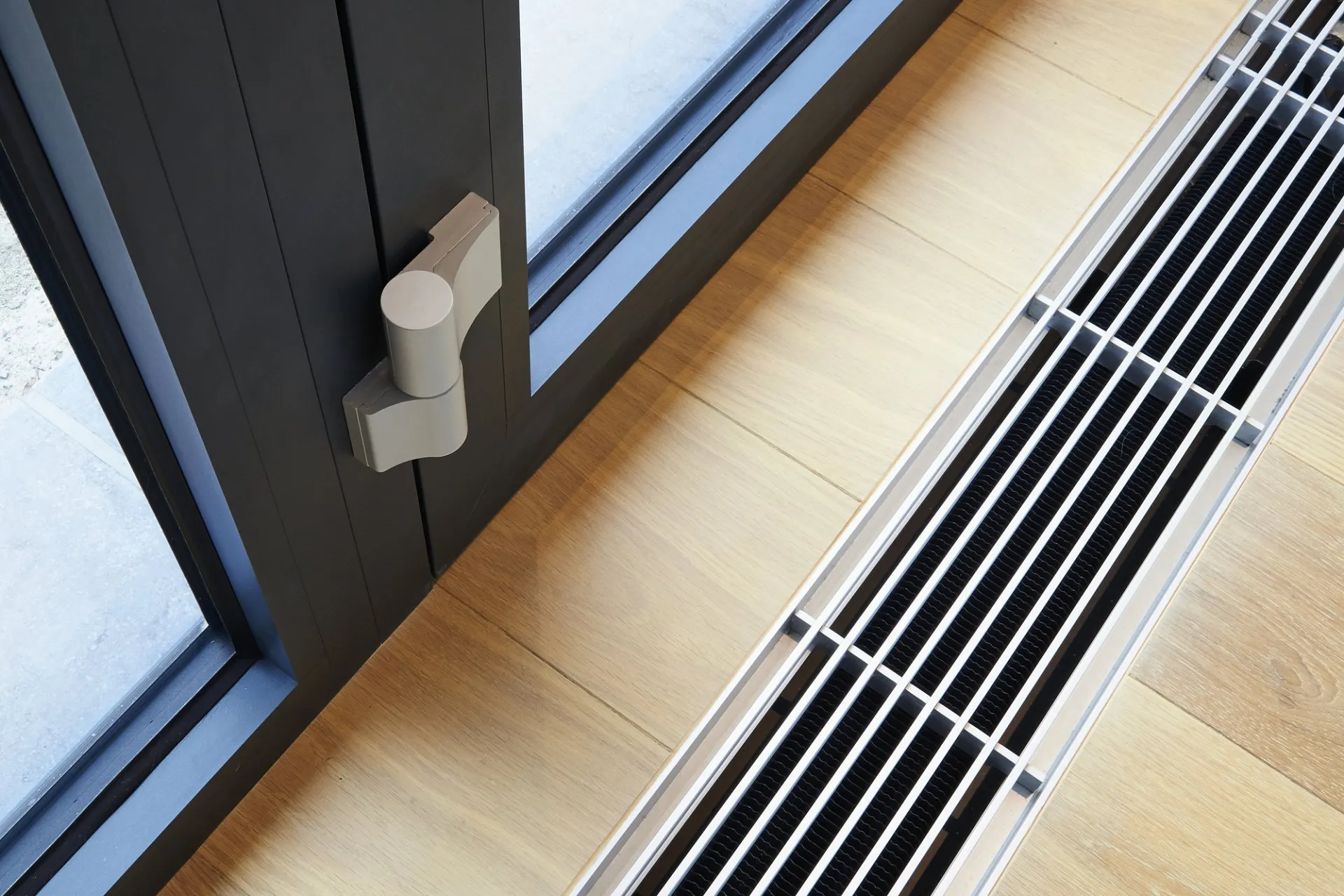
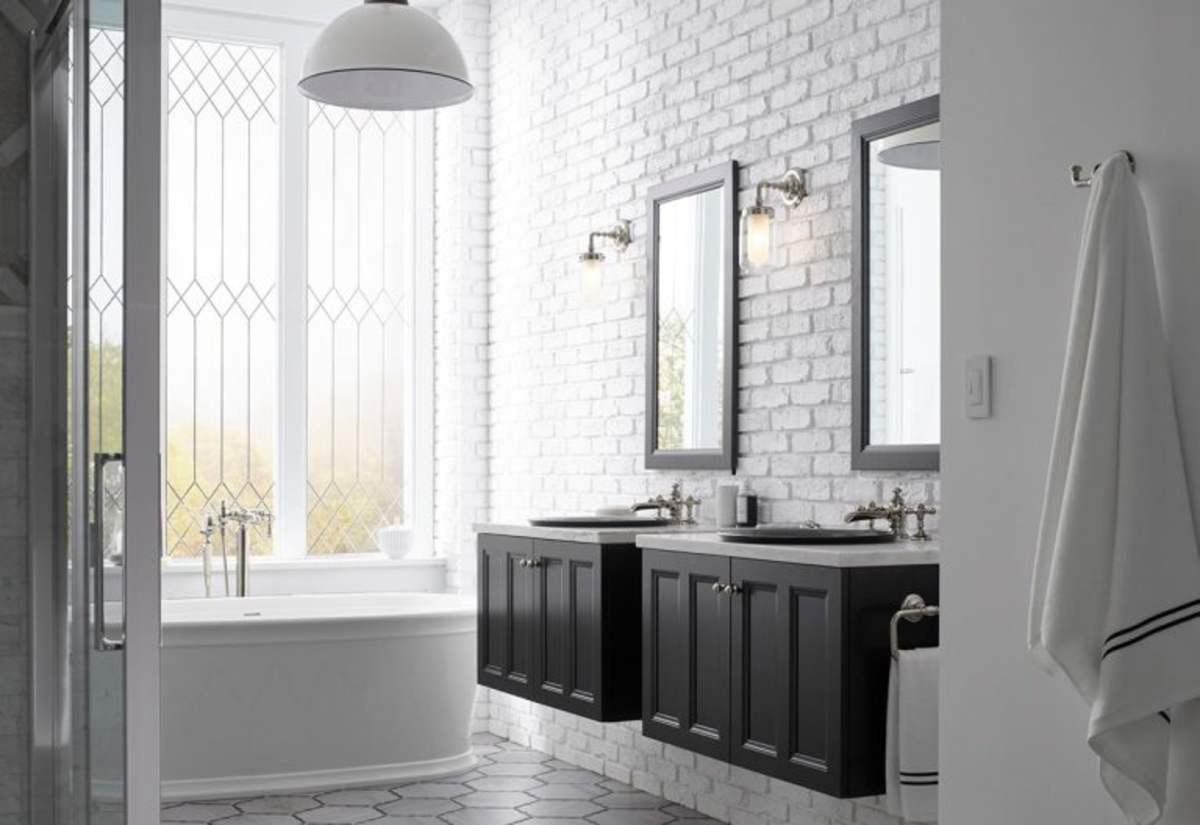
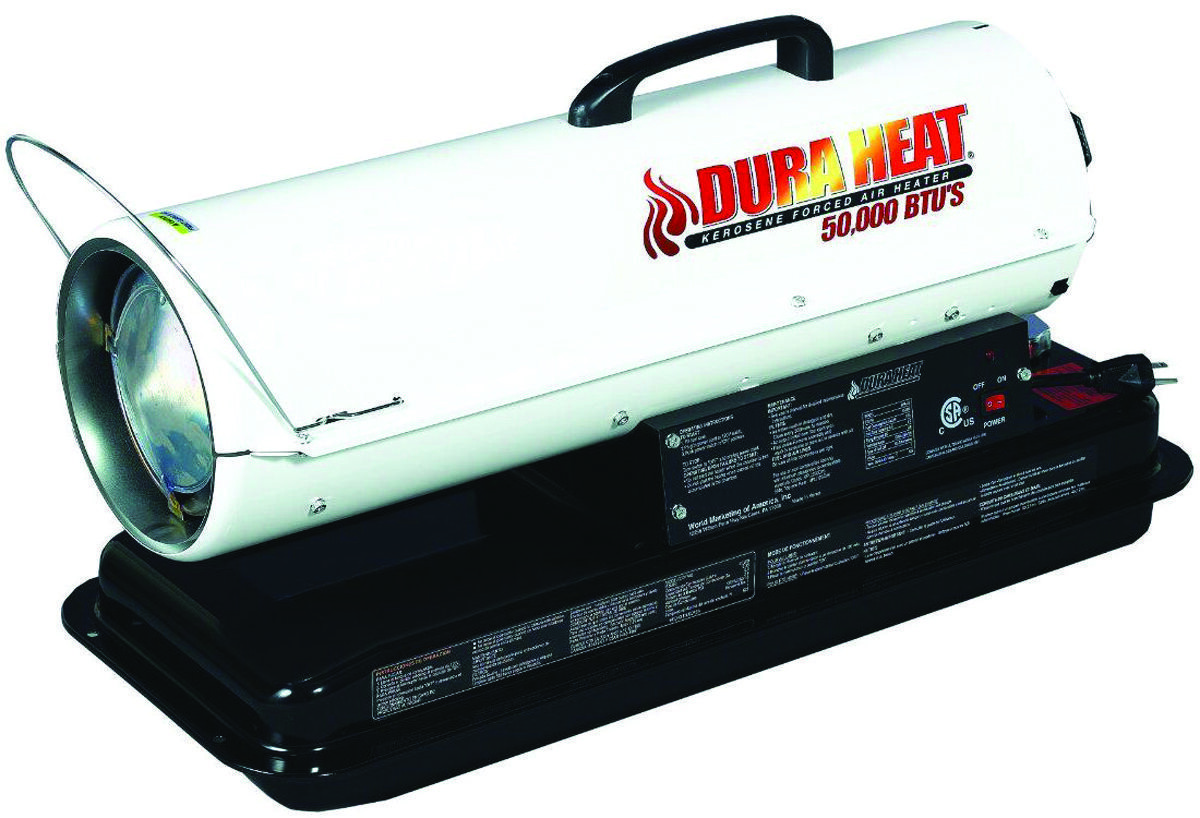
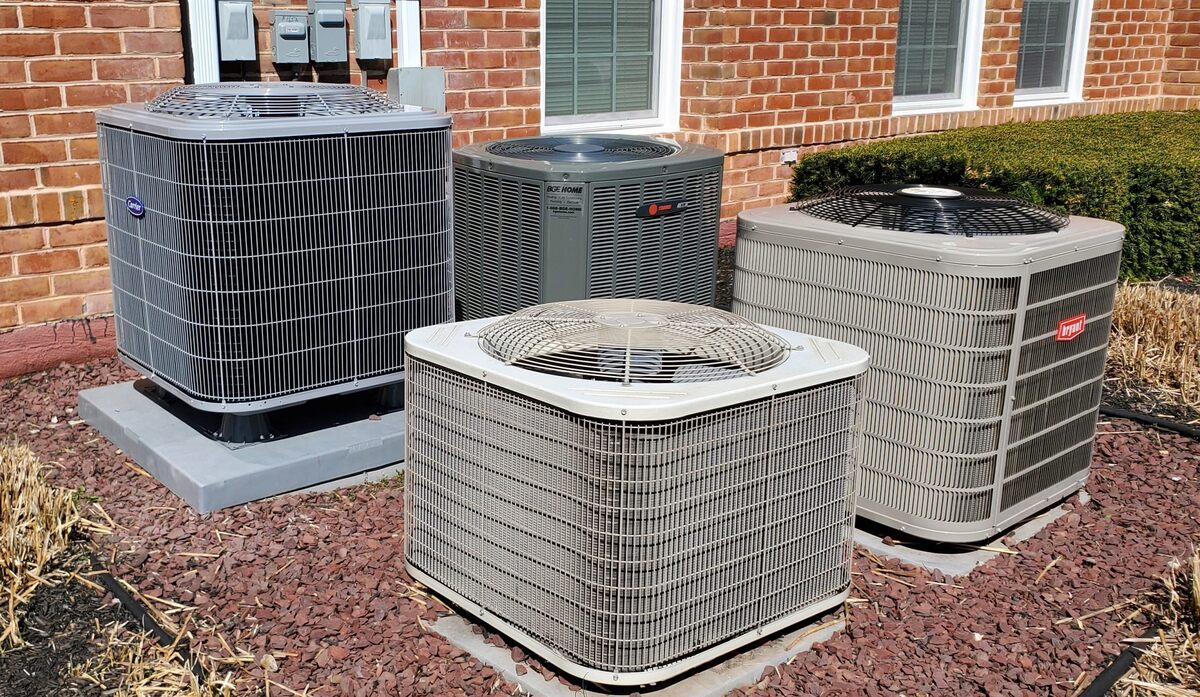
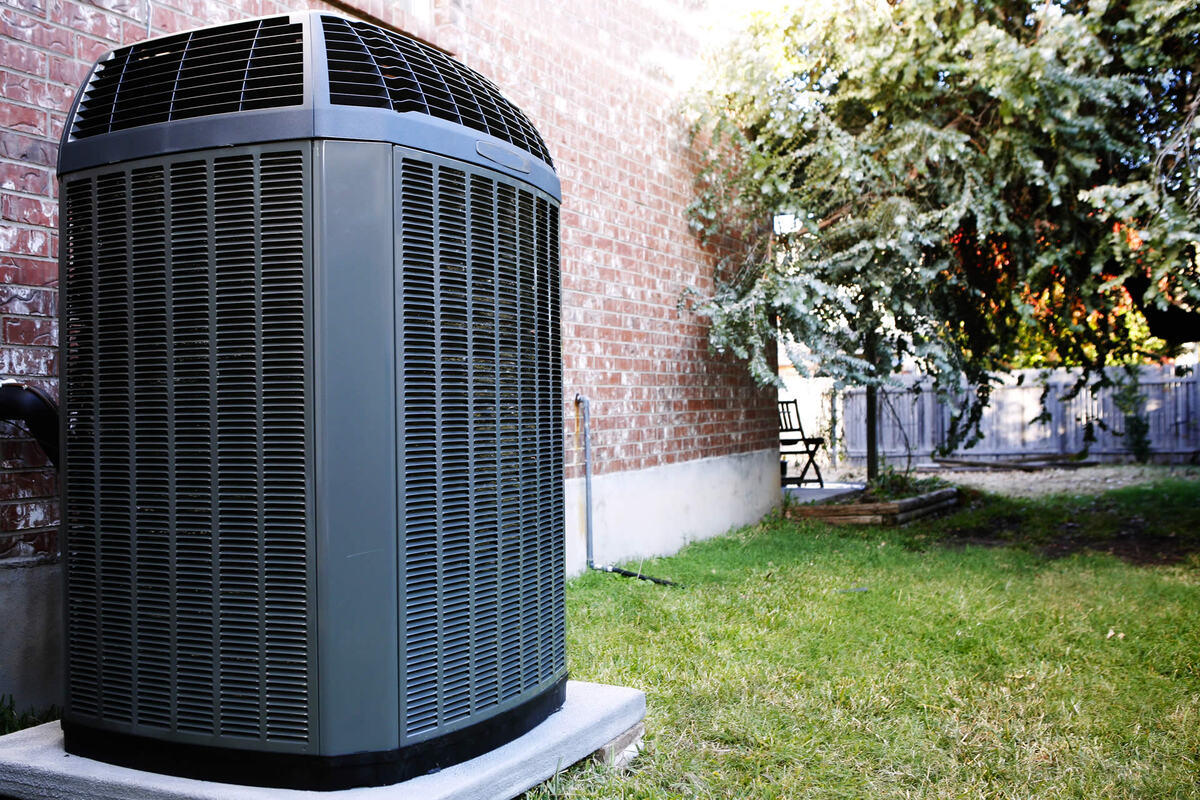
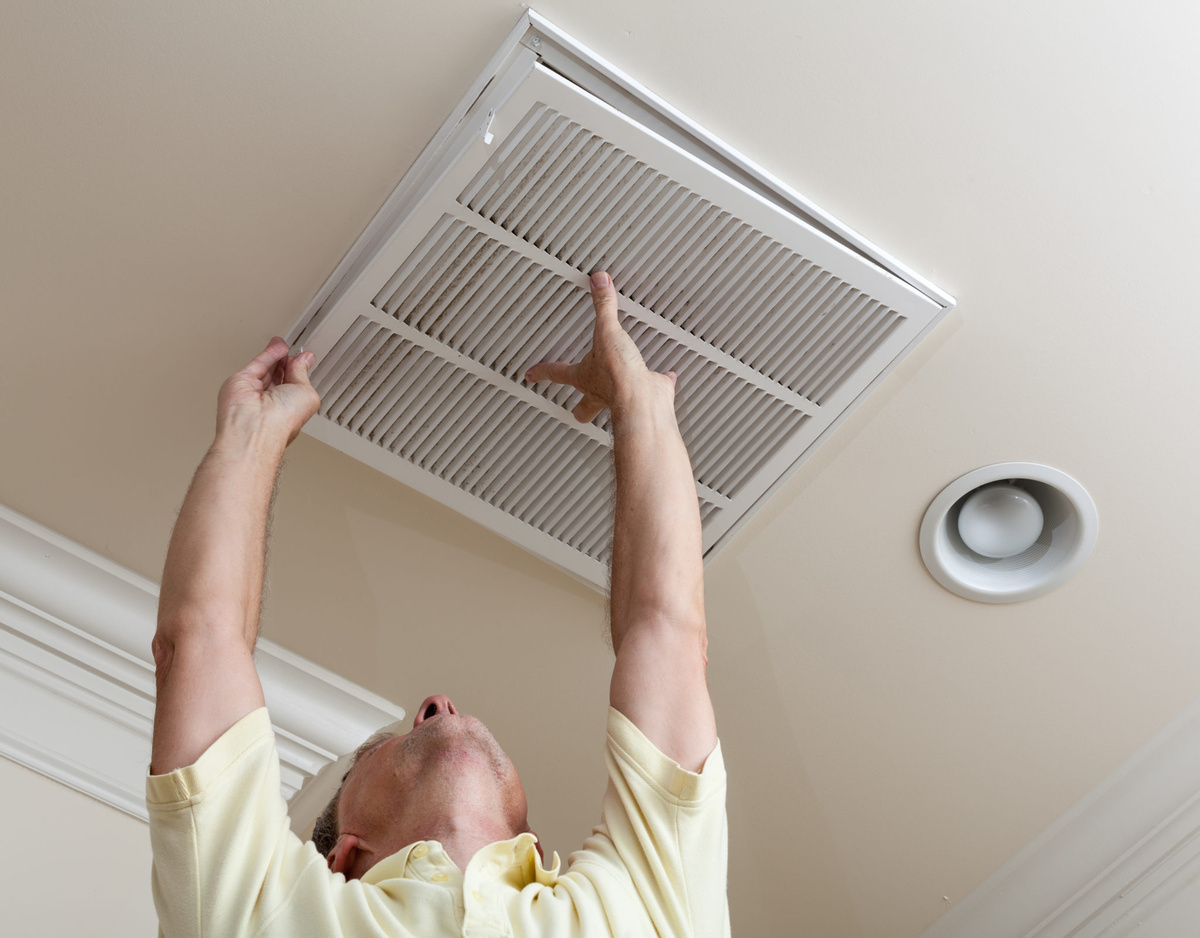

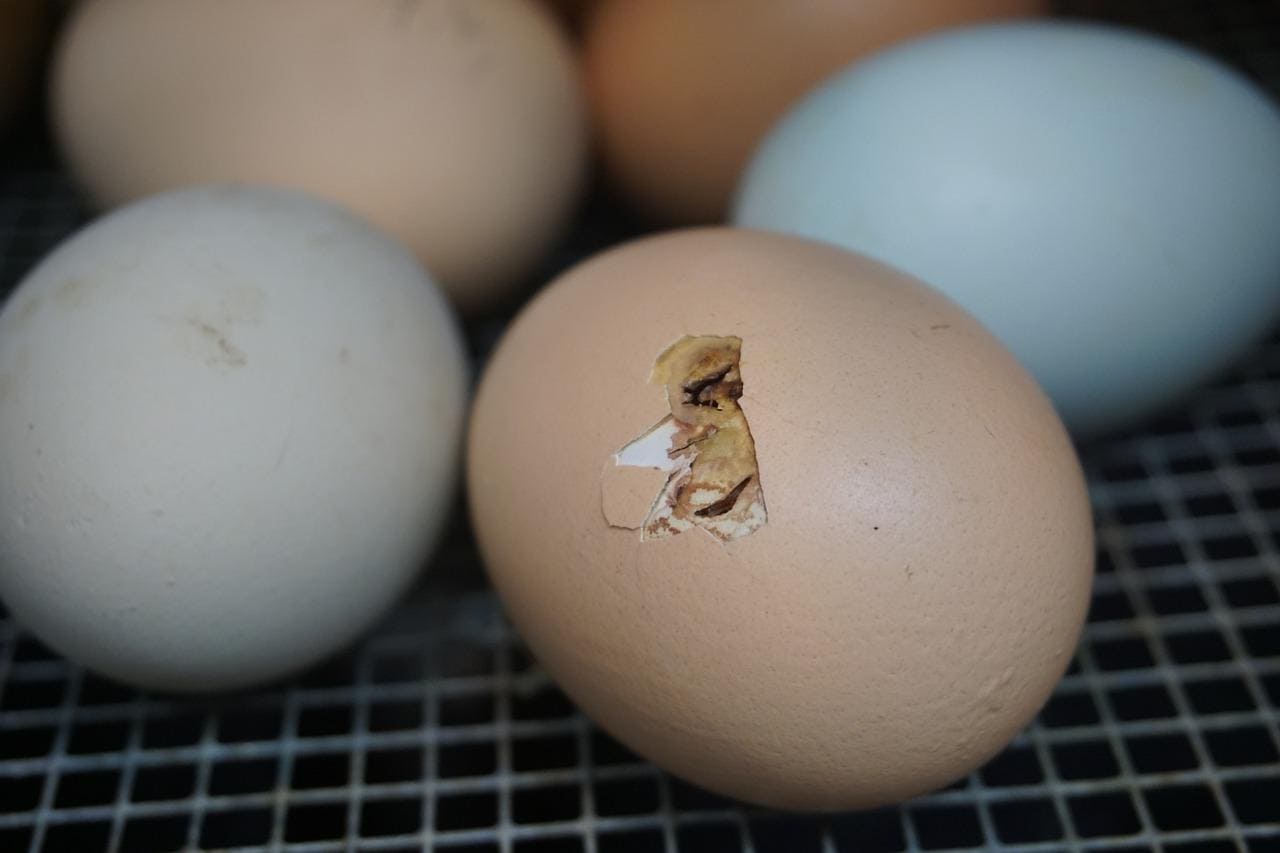
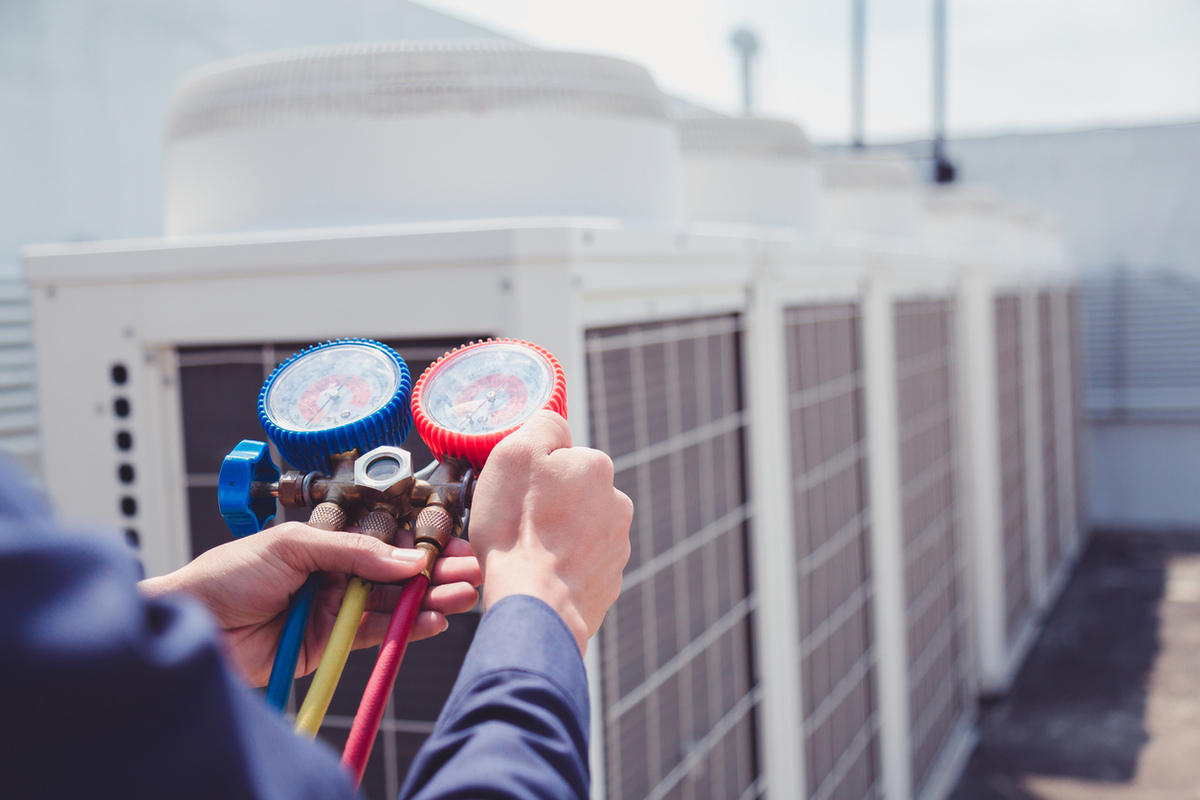

0 thoughts on “What Is Warm Air Heating”